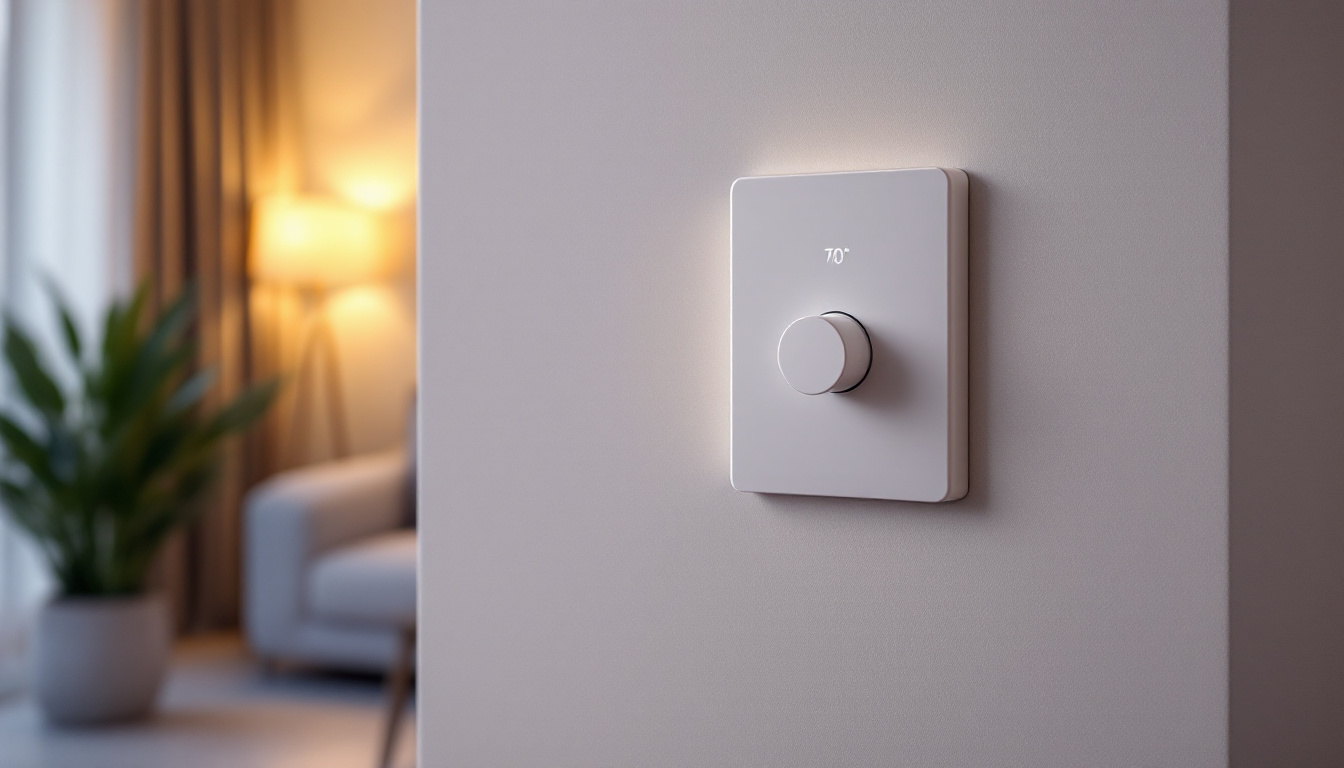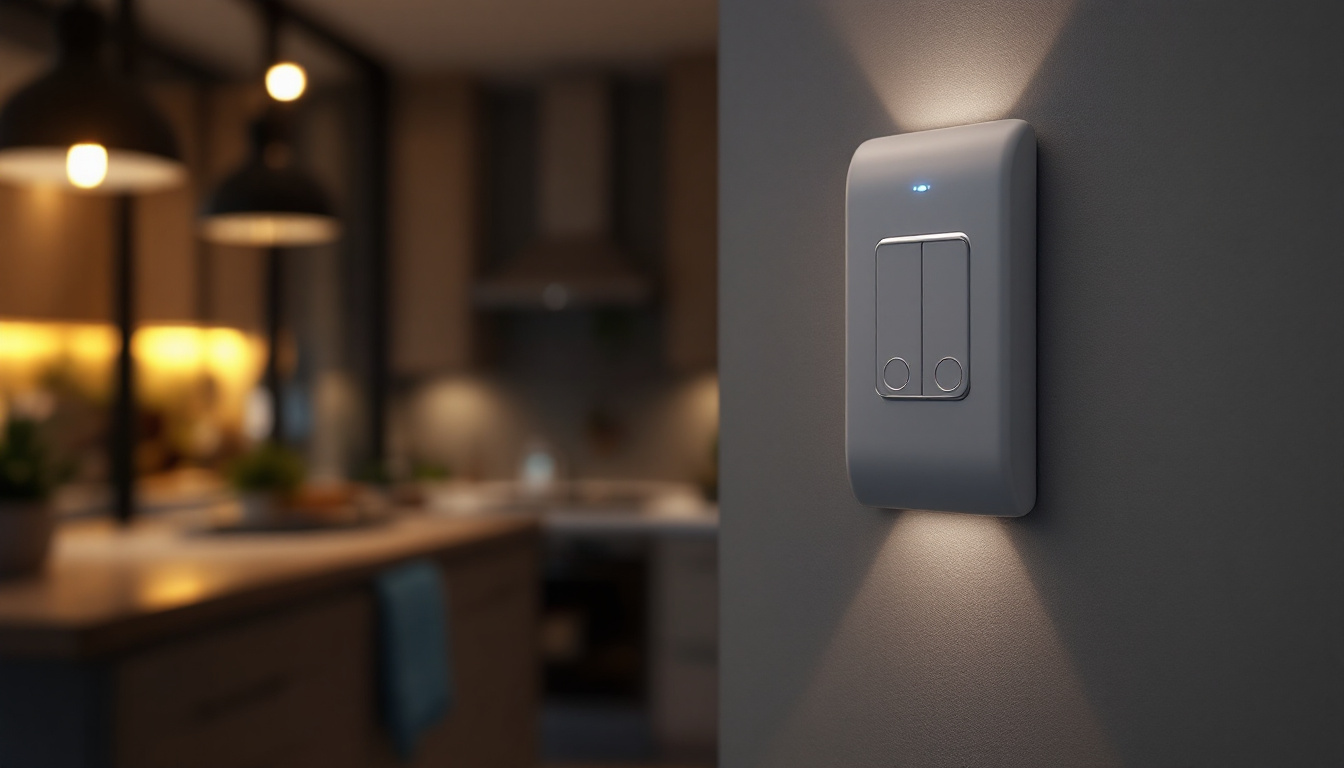
In the world of lighting installation, ensuring the longevity and reliability of electrical connections is paramount. waterproof connectors play a crucial role in safeguarding these connections from moisture, dust, and other environmental factors. However, improper installation or selection of these connectors can lead to significant issues down the line. This guide aims to highlight common mistakes made by lighting contractors when working with waterproof connectors and provide insights on how to avoid them.
Waterproof connectors are designed to provide a secure and moisture-resistant connection for electrical systems. They are essential in outdoor lighting applications, where exposure to rain, humidity, and other elements can compromise the integrity of electrical connections. Understanding the types and specifications of waterproof connectors is the first step toward effective installation. These connectors not only enhance the longevity of electrical systems but also ensure safety by minimizing the risk of short circuits and electrical failures caused by moisture ingress.
In addition to outdoor lighting, waterproof connectors are widely used in various industries, including automotive, marine, and telecommunications. In the automotive sector, for example, these connectors are crucial for ensuring that electrical components remain functional in the face of rain, snow, and road splashes. Similarly, in marine applications, connectors must withstand harsh saltwater environments, making the selection of the right waterproof connector even more critical for maintaining reliable electrical systems on boats and ships.
There are several types of waterproof connectors available, each suited for different applications. Common types include:
Selecting the right waterproof connector is critical for ensuring durability and performance. Factors to consider include:
Moreover, it is important to consider the ease of installation and maintenance when selecting waterproof connectors. Some connectors come with user-friendly features such as color-coded terminals or tool-less assembly, which can significantly reduce installation time and errors. Additionally, understanding the long-term maintenance needs of these connectors can help in planning for future inspections and replacements, ensuring that the electrical systems remain reliable over time. Regular checks can help identify wear and tear, allowing for timely interventions that can prevent more serious issues down the line.
Even experienced lighting contractors can fall prey to common pitfalls when working with waterproof connectors. Recognizing these mistakes is essential for ensuring a successful installation.
One of the most significant mistakes is choosing a waterproof connector without considering its IP rating. The IP rating indicates the level of protection against dust and water ingress. A connector with an inadequate rating may fail in harsh conditions, leading to electrical shorts or system failures.
To avoid this mistake, always assess the environmental conditions of the installation site. For outdoor applications, consider connectors with at least an IP65 rating, which offers protection against water jets and dust ingress. Additionally, it’s important to understand that different environments may require different ratings; for instance, marine applications may necessitate connectors with even higher ratings due to the corrosive nature of saltwater. Always consult with manufacturers or industry experts to ensure you select the right connector for your specific needs.
Even the best waterproof connectors can fail if not installed correctly. Common installation errors include:
To ensure proper installation, follow the manufacturer’s guidelines closely. Use the appropriate tools and techniques to secure connections without causing damage. Additionally, consider the orientation of the connectors during installation; positioning them in a way that prevents water accumulation can further enhance their longevity. Training staff on best practices for installation can also minimize errors and ensure that everyone is equipped with the knowledge to perform the job correctly.
Waterproof connectors require regular maintenance to ensure their continued effectiveness. Ignoring maintenance can lead to a gradual decline in performance, ultimately resulting in failures.
Regularly inspect connectors for signs of wear, corrosion, or damage. Clean any debris or dirt that may accumulate around the connectors, and replace any that show signs of deterioration. Implementing a routine maintenance schedule can significantly extend the lifespan of waterproof connectors. Furthermore, consider documenting maintenance activities to track the performance and condition of each connector over time. This proactive approach not only helps in identifying potential issues before they escalate but also provides valuable insights for future installations, allowing contractors to make informed decisions based on past experiences.
To maximize the effectiveness of waterproof connectors, lighting contractors should adhere to best practices during installation. These practices not only enhance the reliability of the connections but also improve overall project outcomes.
Before beginning the installation, take the time to plan the layout and determine the best locations for connectors. Consider factors such as accessibility, exposure to elements, and potential sources of interference. A well-thought-out plan can minimize complications during installation and ensure that connectors are placed in optimal positions. Additionally, it may be beneficial to create a schematic diagram that outlines the entire electrical system, including the placement of connectors. This visual guide can serve as a reference during installation and help identify any potential issues before they arise, ultimately saving time and resources.
Investing in high-quality waterproof connectors is essential for long-term performance. While it may be tempting to opt for cheaper alternatives, lower-quality connectors often lack the durability and reliability needed for outdoor applications. Choose connectors from reputable manufacturers that meet industry standards and provide warranties for their products. Furthermore, consider the specific environmental conditions where the connectors will be used. For instance, connectors exposed to extreme temperatures or corrosive elements may require specialized materials or coatings to ensure longevity. By selecting the right connectors for the job, contractors can significantly reduce the risk of failure and costly repairs down the line.
Adhering to local electrical codes and regulations is crucial when installing waterproof connectors. These codes are designed to ensure safety and reliability, and failing to comply can result in legal issues and safety hazards. Familiarize yourself with the relevant codes in your area and ensure that all installations meet these standards. Additionally, staying updated on any changes to electrical codes can be beneficial, as regulations may evolve over time to incorporate new technologies or safety measures. Engaging with local electrical boards or attending workshops can provide valuable insights and help contractors maintain compliance, ultimately leading to safer installations and enhanced credibility within the industry.
After installation, conducting thorough testing and verification of waterproof connectors is vital. This step ensures that all connections are secure and functioning as intended.
Begin with a visual inspection of all installed connectors. Look for any signs of improper installation, such as loose connections, damaged seals, or misalignment. Address any issues before proceeding to more advanced testing methods.
Use appropriate electrical testing equipment to verify the integrity of the connections. Test for continuity and insulation resistance to ensure that the connectors are functioning correctly. This step can help identify potential issues before they lead to failures in the field.
Keep detailed records of all tests conducted, including results and any corrective actions taken. This documentation can be invaluable for future reference and can help improve processes for subsequent projects.
Waterproof connectors are essential components in outdoor lighting installations, providing protection against moisture and environmental factors. However, improper selection, installation, and maintenance can lead to significant issues that compromise the effectiveness of these connectors.
By understanding the types of waterproof connectors available, avoiding common mistakes, and adhering to best practices, lighting contractors can ensure the longevity and reliability of their installations. Regular testing and maintenance further enhance the performance of waterproof connectors, ultimately leading to successful project outcomes.
In the competitive field of lighting installation, attention to detail and a commitment to quality can set contractors apart. By prioritizing the proper use of waterproof connectors, contractors can deliver exceptional results that stand the test of time.
Ready to elevate your lighting installations with the highest quality waterproof connectors? Look no further than LumenWholesale, where we offer an extensive selection of spec-grade lighting products at unbeatable wholesale prices. Our commitment to quality and affordability means you can trust our connectors to withstand the elements and keep your projects shining bright. Plus, with free shipping on bulk orders, you can stock up on the best lighting solutions without worrying about hidden fees. Don’t compromise on quality or value—Wholesale Lighting at the Best Value is just a click away. Choose LumenWholesale for a seamless shopping experience that combines convenience, cost-effectiveness, and top-notch products.

Discover effective strategies for training your team in the installation and maintenance of large outdoor solar lights.

Discover how light timer switches are revolutionizing modern lighting solutions by enhancing energy efficiency, convenience, and security.

Discover how the motion detector 3-way switch is revolutionizing the lighting industry by enhancing energy efficiency, convenience, and security.

Discover the top flood lights for your backyard that even lighting contractors might miss.